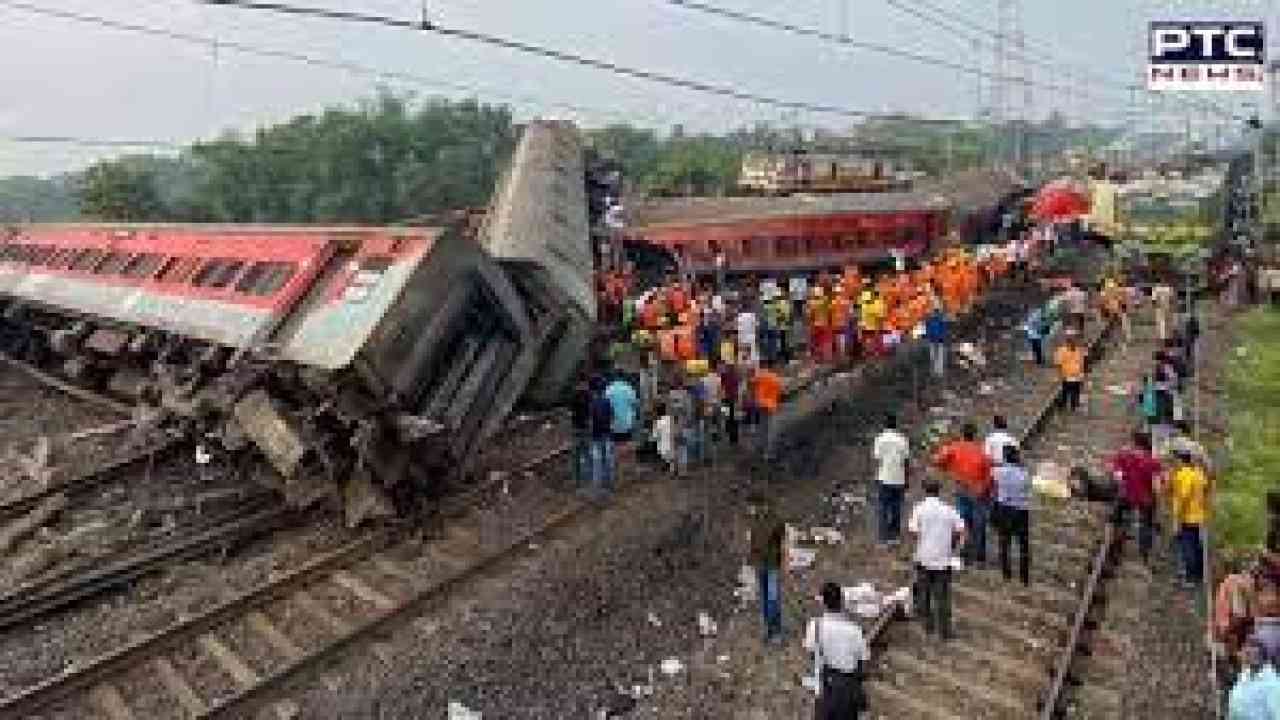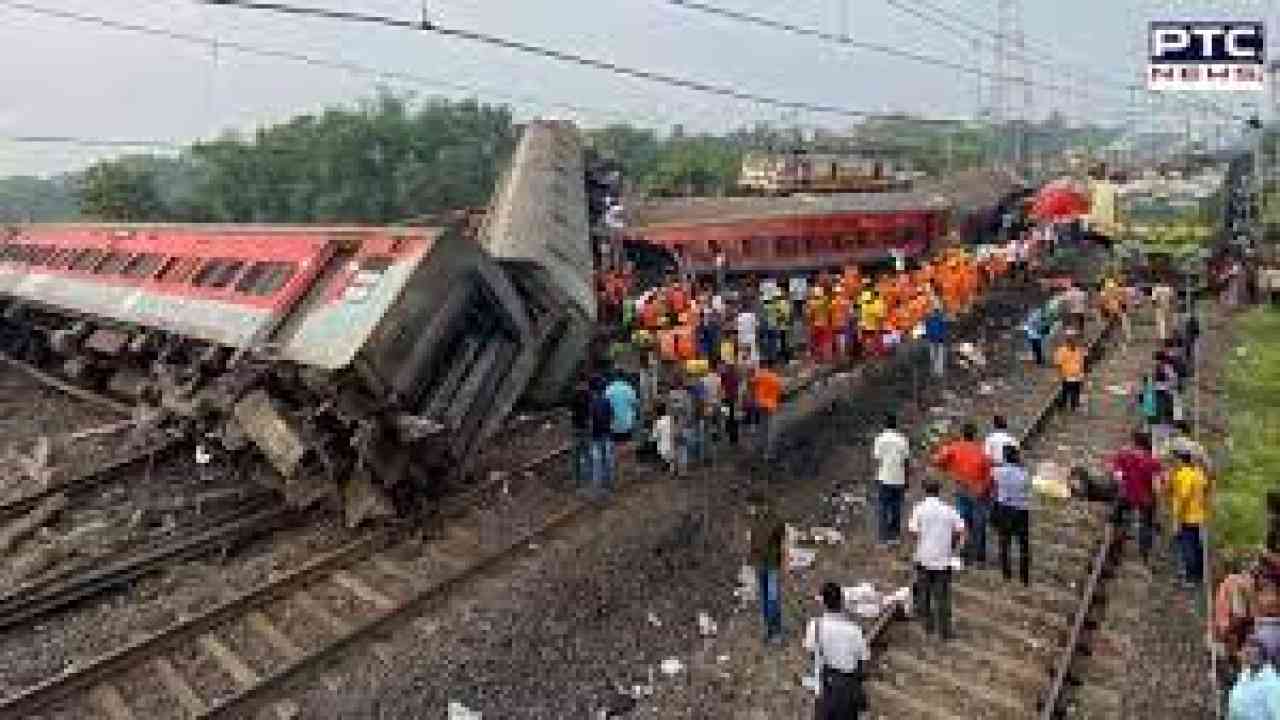

Railway Authorities Explain Balasore Train Accident: Absence of Kavach system addressed
New Delhi, June 05: Railway authorities have provided a detailed account of the triple train accident that occurred in Balasore, Odisha, resulting in the loss of at least 275 lives and injuring over 1,000 people. Railways Minister Ahswini Vaishnaw has stated that the accident was caused by an issue with the "electronic interlocking system."
The Railway Board explained that the tragic crash took place at Bahanaga Bazar station, which is a four-line station consisting of two main lines in the middle and two loop lines on either side. At the time of the accident, there were goods trains carrying iron ore on both the loop lines.

The Coromandel Express, traveling from Chennai to Howrah, and the Bengaluru-Howrah Superfast Express from Howrah were the two trains involved in the collision. The signal on both main lines was green, and neither train was overspeeding.
The Coromandel Express was traveling at 128 kmph, while the other passenger train was at a speed of 126 kmph, within the permissible limit of 130 kmph, according to Jaya Verma Sinha, Member of Operations & BD, Railway Board.
A signaling problem was detected, leading to the accident, but further investigation is required to determine the exact details. Sinha emphasised that the reaction time was significantly reduced at such high speeds and mentioned the presence of signaling interference. However, she clarified that it would be incorrect to label it as a failure. The Railway Board reiterated that these findings are preliminary, and a conclusive statement can only be made after the formal inquiry concludes.
Sinha clarified that contrary to alleged speculation, only one train, the Coromandel Express, was involved in the accident. She explained that the train collided with a goods train loaded with iron ore on one of the loop lines. The heavy goods train absorbed much of the impact, causing the coaches of the Coromandel Express to be thrown off onto the third track, colliding with a couple of coaches from the Howrah-bound train traveling at high speed.
Sinha reassured that the Linke Hofmann Busch (LHB) coaches used in the accident were designed to be highly safe. However, the damage was exacerbated due to the presence of iron ore in the goods train.
In response to queries about the absence of the "Kavach" system, an indigenous automatic train protection system, the railway authorities explained that it was not available on the route where the accident occurred. Ms. Sinha dismissed concerns raised by West Bengal Chief Minister Mamata Banerjee about the absence of Kavach, reiterating the Railways Minister's statement that the crash was unrelated to Kavach and that the system would not have prevented such an accident. Sinha emphasised that no technology in the world can completely avert certain accidents, citing the example of boulders suddenly appearing on roads.
The Kavach system is designed to alert train operators when they pass a signal indicating danger and can automatically take control of the brakes to halt the train if it detects another train on the same line within a prescribed distance.
- With inputs from agencies
